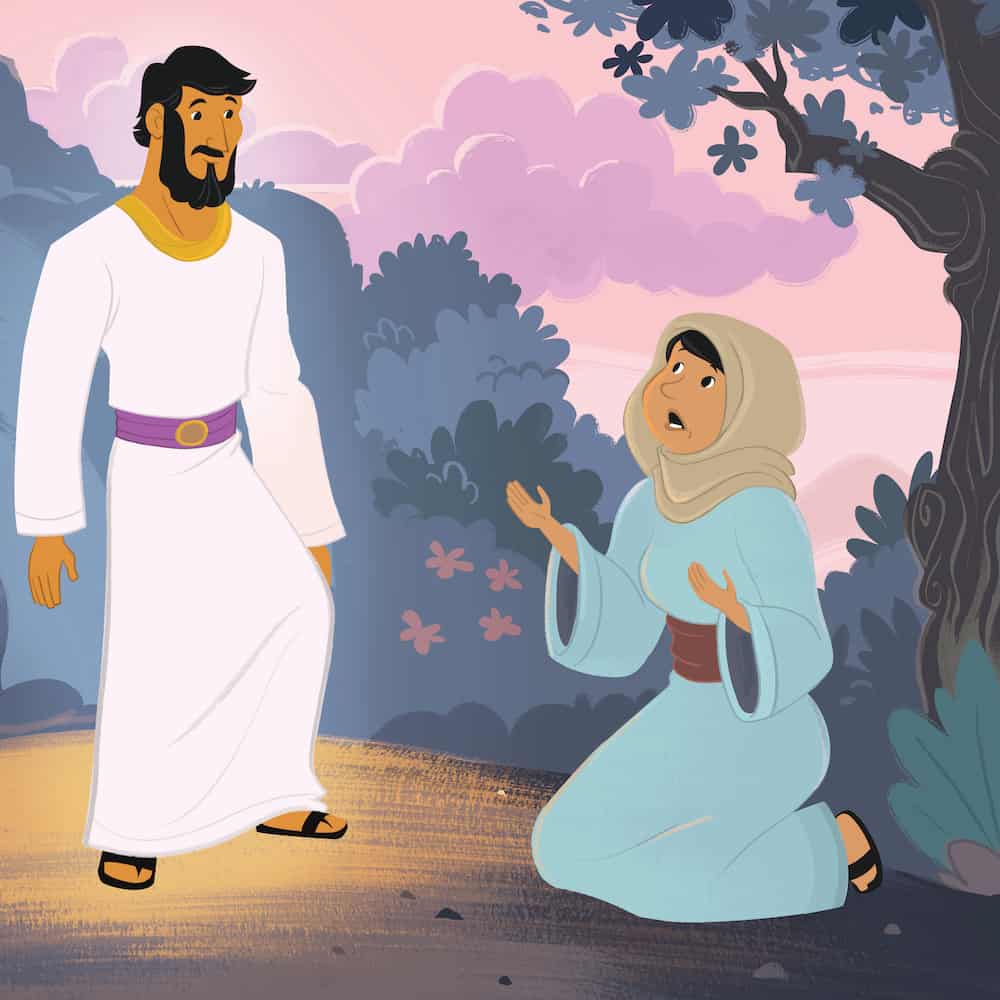The Easter Season
 The period of time leading up to, including, and immediately following Jesus’ crucifixion and resurrection is what we’re calling the “Easter season.” It includes more than the resurrection (see below) because the resurrection makes no sense apart from His sacrifice on the cross. The Easter season had always been part of God’s plan of salvation and restoration. Following the resurrection, the Gospel writers had come to understand this and made the events surrounding the resurrection central in each of their Gospels. Consider how each of the four Gospel writers recognized that Jesus’ death and resurrection was central to His purpose…
The period of time leading up to, including, and immediately following Jesus’ crucifixion and resurrection is what we’re calling the “Easter season.” It includes more than the resurrection (see below) because the resurrection makes no sense apart from His sacrifice on the cross. The Easter season had always been part of God’s plan of salvation and restoration. Following the resurrection, the Gospel writers had come to understand this and made the events surrounding the resurrection central in each of their Gospels. Consider how each of the four Gospel writers recognized that Jesus’ death and resurrection was central to His purpose…
Central in All Four Gospels
At Jesus’ birth, Matthew declared that He would “save His people from their sins” (Matt. 1:21) and later echoed these words as Jesus was mocked on the cross (Matt. 27:42). Mark records Jesus’ prophetic words when He said, “For even the Son of Man did not come to be served, but to serve, and to give His life–a ransom for many” (Mark 10:45). Luke notes that when Jesus was dedicated as a baby, Simeon described Jesus as “Your salvation,” and then confided to Mary that “a sword will pierce your own soul…” (Luke 2:30 & 35). John even puts unintended prophetic words in the mouth of Caiaphas when he justified the arrest and crucifixion of Jesus and said, “it is to your advantage that one man should die for the people rather than the whole nation perish” (John 11:50).
Yes, all of the Gospel writers understood the Easter season was central to Jesus’ life and God’s great plan. It’s because the crucifixion and resurrection were part of God’s larger plan that we need to remember not just the crucifixion and resurrection, but the events shortly leading up to and including the Passion Week as well as the events immediately following the resurrection. It’s these Easter season events that underscore the central place of Jesus’ death and resurrection in God’s eternal plan and all of history.
The Easter Season Events
There are many events we can include in the Easter season. For our purposes, we will consider this season of Jesus life (His final days) as beginning with the plot by the Sanhedrin to kill Jesus as recorded in John 11:45-57. It will include the anointing of Jesus by Mary of Bethany, the Triumphal Entry into Jerusalem on Palm Sunday and all of the events taking place during that final week of Jesus’ life. It does, of course, include the events surrounding his crucifixion and resurrection, but it also includes some of his appearances following His resurrection. We will treat some of the later events following His resurrection as beyond the Easter season.
Learning From the Easter Season
Each story as presented in the Bible and included in the Easter Season is recorded for a purpose, of course, and carries its own significance. It’s not inappropriate, however, to consider the season as a whole and what we might learn from it. As noted above, each of the four Gospel writers came to understand that the death and resurrection of Jesus was part of God’s plan all along.
The Old Testament is clear that God would someday provide a Messiah (identified by many titles) who would accomplish His purposes and usher in “the Day of the Lord” (Mal. 4:1-6). Even as early as Genesis 3:15 God cursed the serpent and promised the “seed” of the woman would strike the head of the serpent while the serpent would “strike his heel.” It’s reasonable to interpret this promise as anticipating the work of Jesus (and His suffering) on the cross. Throughout the Old Testament, text after text points forward to the day when God’s “righteous Servant” (Isa. 53:11) would be “crushed because of our iniquities” (Isa. 53:5).
The followers of Jesus didn’t always understand the necessity of the Easter season during His lifetime. We can, however, see what they did not see until later. Truly, Jesus was born to die. Every part of His life was moving toward the necessary sacrifice on Passover of His final week. Jesus was not simply a prophet and miracle worker. He was so much more than a great preacher, teacher, and communicator. John the Baptizer makes it clear in the early verses of the Gospel of John… “Here is the Lamb of God, who takes away the sin of the world!” (John 1:29).
Seeing the Trees AND the Forest
If we’re not careful, we will get lost in the “trees” (individual stories) of the Easter season and miss the forest itself. Yes, we need to examine the individual stories (trees) and Sunday School Zone will help us do that. But we also need to see the story of the collective Easter season (the forest) as a reminder that Jesus’ life wasn’t simply a random mix of good deeds and insightful messages. There was a singular purpose to Jesus’ life even before He was born.
This purpose is part of the grand biblical story (the forest) into which God calls all people. My story (an individual tree) is part of something much larger and greater. My story matters because I am part of that bigger story. And that story places the death and resurrection of Jesus (the Easter Season) at the center of all of history. That’s why we need to study not just the immediate events of the crucifixion and resurrection, but the larger collection of stories that form the Easter season.
The Easter Season Bible activities on Sunday School Zone will help kids learn that Jesus’ death and resurrection was part of God’s larger plan of salvation and restoration for all of the world.
You can read about the story of the resurrection of Jesus specifically.
You can find all of the activities related to the Easter Season here as well as other Easter Season resources here.
Go to GotQuestions.org to find an interesting article about whether Christians should celebrate Easter.



